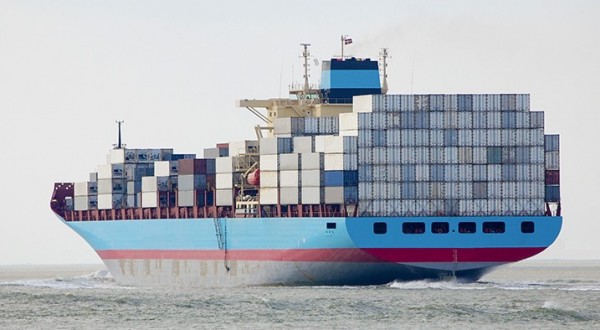The International Group of P&I Clubs and the shipping line members of the Cargo Incident Notification System (CINS) released a new set of guidelines for the carriage of Calcium Hypochlorite in containers on May 2016. The original guidelines have since been revised in light of new information concerning the carriage of calcium hypochlorite in a range of different circumstances.
The International Group of P&I Clubs (IG) and the shipping line members of the Cargo Incident Notification System (CINS) have collaborated to produce a new set of guidelines for the carriage of Calcium Hypochlorite in containers. These new guidelines can essentially be considered“IMDG Code plus precautions” in that they include selected provisions from the IMDG Code plus additional precautions consistent with the science basis established in 1999 by consulting scientists advising the IG. These new guidelines replace the frequently asked questions (FAQs) produced by the IG in 2010.
The IG has, in recent years, observed an apparent upsurge in container fires involving Calcium Hypochlorite. This appears to have undermined confidence among shipping lines, leading to some lines imposing very strict carriage precautions or even outright carriage bans. Fire incident investigations also suggest that, in the vast majority of cases, the Calcium Hypochlorite has been mis-declared by shippers and wrongly described as a product that would ordinarily be considered harmless or having less strict carriage requirements under the IMDG Code.
On the other hand, the IG is also very mindful that many responsible shippers do properly declare their Calcium Hypochlorite shipments and have seen these carried without incident by applying the additional precautions recommended by the IG. Given the large quantities of Calcium Hypochlorite that are shipped each year, there is an obvious desire to both discourage misdeclaration by shippers and to encourage shipping lines’ confidence in the carriage of properly declared Calcium Hypochlorite under an acceptable method.
Working groups established by the IG and CINS members have shared their views and experience and undertaken a thorough review of the IG FAQs. The resulting new guidelines will hopefully be seen as providing a clearer and more logical step by step guidance, starting with issues surrounding cargo hazards and categorization under the IMDG Code, through to issues concerning container selection, container packing and stowage on the ship.
In very basic terms, the mainstay of the additional precautions includes the use of plastic drums, with adequate air circulation, a package limit of 45 kg net weight and a limit on the maximum payload per container not exceeding 14 tonnes. Dry or reefer containers may be used provided that a proper risk assessment is undertaken.
You may view the guidelines herebelow
Source: IG of P&I Clubs































































